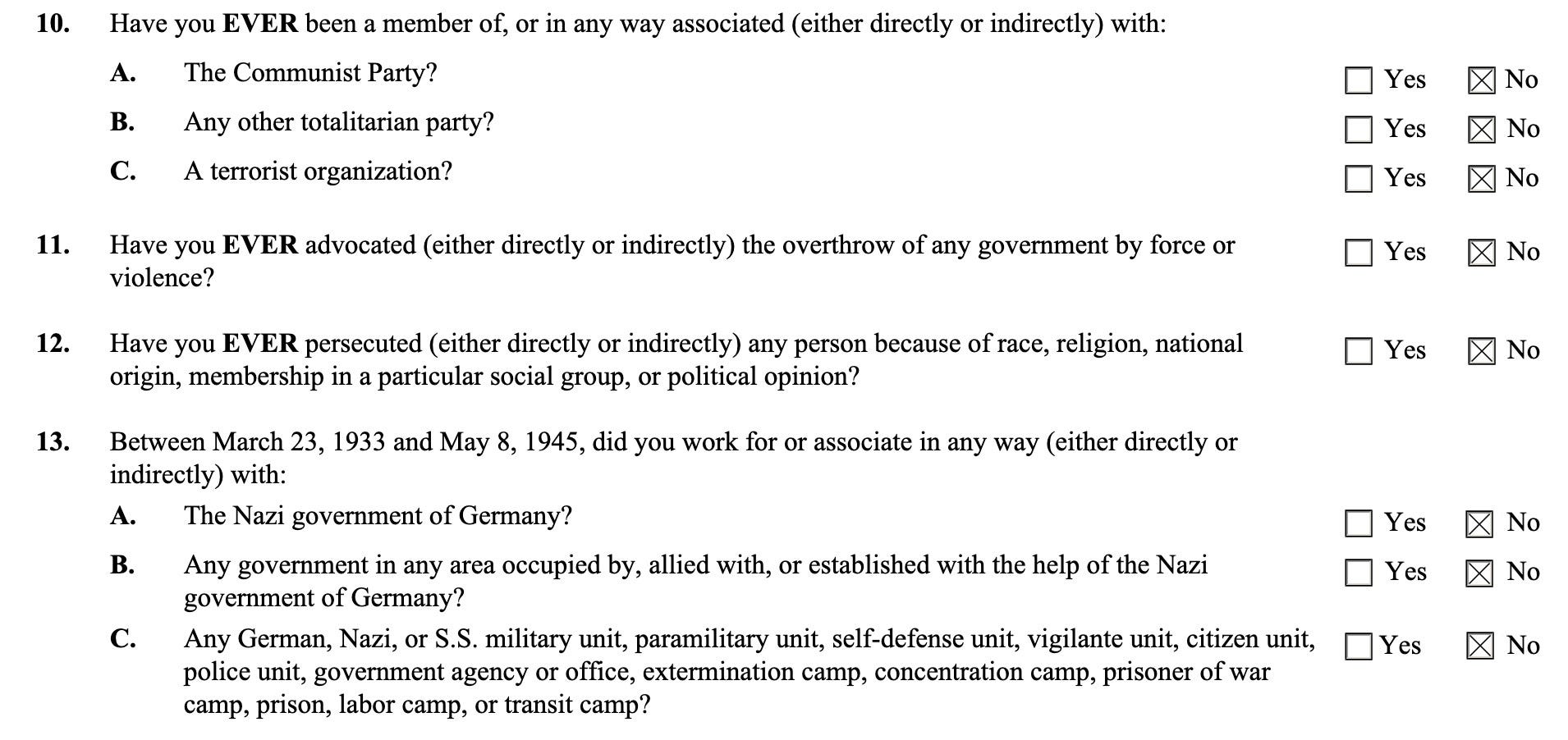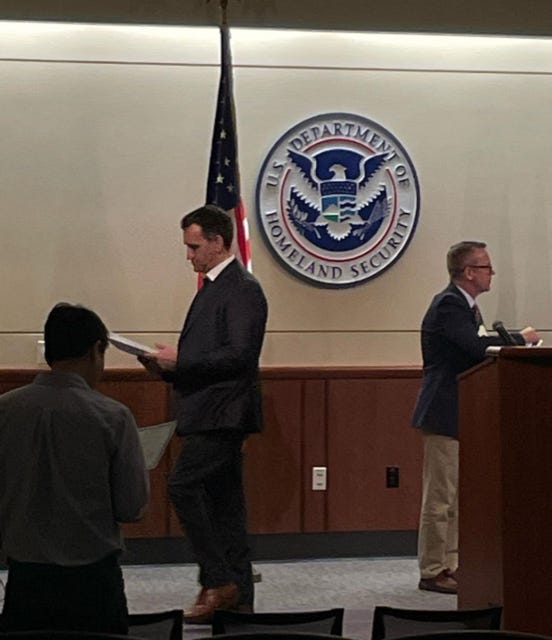A Journey Through The US Citizenship Process
It came as a surprise when Norway decided to recognize dual citizenships in 2020. Hitherto, its official stance was one of monogamy: You could be Norwegian, or you could be a citizen of another country. Never the twain shall meet.
I could not find a stated reason for the change in attitude. Still, it hardly mattered: Having spent more than half my life in the US, I could see no reason not to apply for a second citizenship.
A Finicky Form
I took the plunge on November 6th, 2020, dutifully paying the $725 fee to file an N-400 “Application for Naturalization” form. Theoretically, it’s not a complex application, mainly just a collection of “Yes/No” questions. In practice? Irrational second-guessing soon took hold:
Does receiving a parking ticket count as a federal crime? And if I forgot to pay the ticket, is that a crime I have not yet been arrested for? Was I a member of the Communist Party? I’m reasonably sure I hadn’t been employed by the Nazi government between 1933 and 1945, but the question must be there for a reason…

These inquiries were probably relevant when the “Immigration Reform and Control Act” was written in 1986. It served as the basis of N-400, and its focus on Communism can be credited to then-president Ronald Reagan. There presumably aren’t many Nazi members applying for citizenship in 2022, but if there were, they at least wouldn’t get past points 13 A, B, or C.
These questions shouldn’t be challenging, but their formal terseness sounds accusatory: “Did you EVER recruit (ask), enlist (sign up), conscript (require), or use any person under 15 years of age to serve in or help an armed force or group?” I truly and honestly didn’t.
Two hours of self-doubt later, the document was filed, and a year-and-a-quarter wait started.
The Interview
As I had already submitted biometrics data with my Green Card, I got to skip the photo and fingerprint session. My USCIS (US Citizenship and Immigration Services) interview summons arrived in early February 2022, and on February 17th, I joined thirty other applicants at the Seattle Homeland Security Office. I was the first person to be called, and to my surprise, the interview was not in person but rather over a choppy Zoom connection with an LA agent.
Technical qualities aside, the majority of the session was straightforward: Read and write a couple of elementary-school-level sentences; answer six US civics questions—all hundred are available online; review the N-400.
Ah yes, the N-400 made its return.
Each line item on the form had to be verified, sometimes multiple times, and self-doubt again reared its ugly head. The third time I was asked if I was a member of the Communist Party, I was no longer sure I wasn’t.
Evidently, it could have gone worse, and the interview concluded after half an hour with a recommendation to receive citizenship.
The Oath Ceremony
In mid-March, I received a notification stating my Oath Ceremony was scheduled for April 18th. “It’s a solemn occasion,” the invite told me, “so dress accordingly”—a perfect excuse to bust out the sports coat. Not surprisingly, I also had to complete an attestation saying I had not joined the Communist Party since my interview.
Roughly seventy people were there to receive their citizenship that day, most accompanied by family and friends despite the notice specifically disallowing that. Homeland Security didn’t seem to care, and the auditorium was close to two-thirds full.
Part of becoming a US citizen involves giving up the Green Card. That should go without saying—why would you need it?—but it also felt weird. For more than twenty years, the annoying, easy-to-lose card had been a constant in my life, and now, by a flick of the wrist, it was gone. It’s a weird thing to pause over, but it did give me an end of an era type of feeling.
(Also, before I handed it over, I was quietly asked if I had joined the Communist Party since my interview.)
The ceremony was presided over by the honorable Will Smith—presumably no relations—and it was as quick as it was somber. Smith delivered a few well-spoken words before leading us in the Oath of Allegiance. And that was it. We lined up to receive a formal certificate, but US citizenship was already cemented with the oath.

Epilogue
It’s a long and sometimes stressful process, but the citizenship application isn’t overly complicated in the big picture of things. It’s a relief to come out on the other end, yet also sort of weird. You probably don’t give much thought to how your citizenship is part of your identity, but I exited the Homeland Security office with some introspection. I may not have given anything up, but I also added a significant new facet to myself. Processing it, I suspect, may take a while.
Still, if anyone can put it into perspective, it’s Charlie from It’s Always Sunny in Philadelphia:
Web Source
“Immigration Reform and Control Act of 1986.” Wikipedia. April 17, 2022. en.wikipedia.org/wiki/Immigration_Reform_and_Control_Act_of_1986
